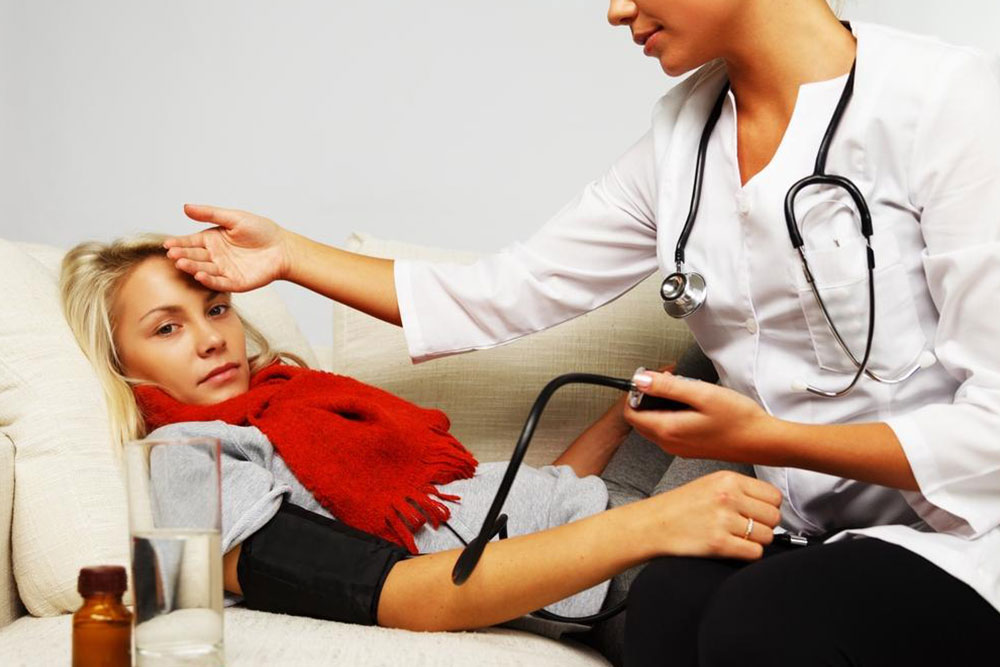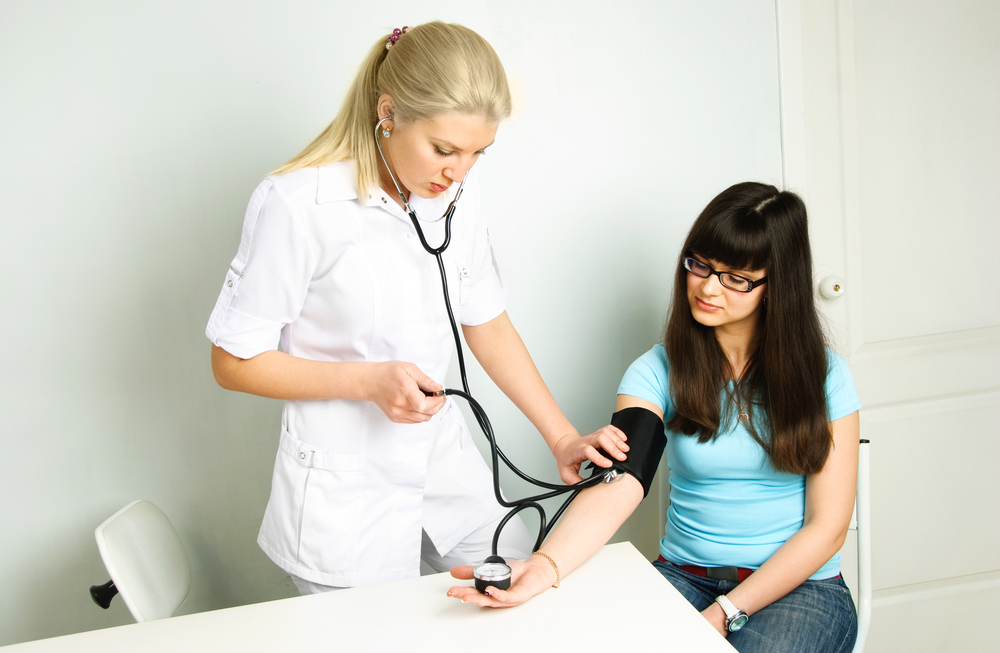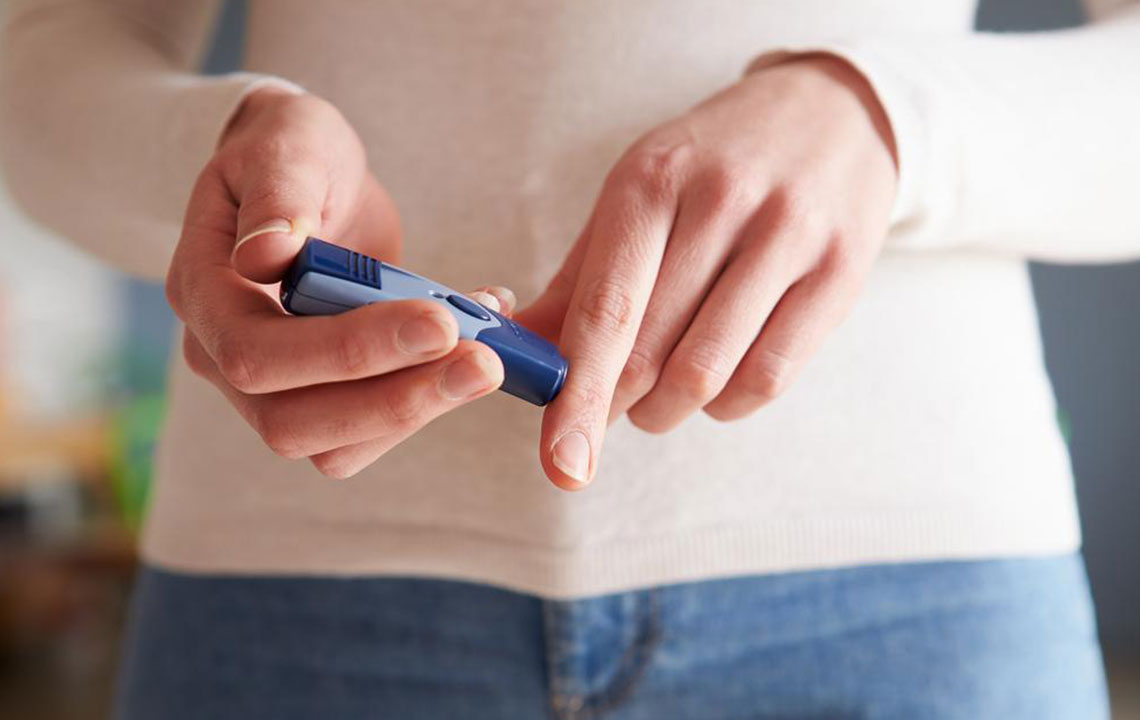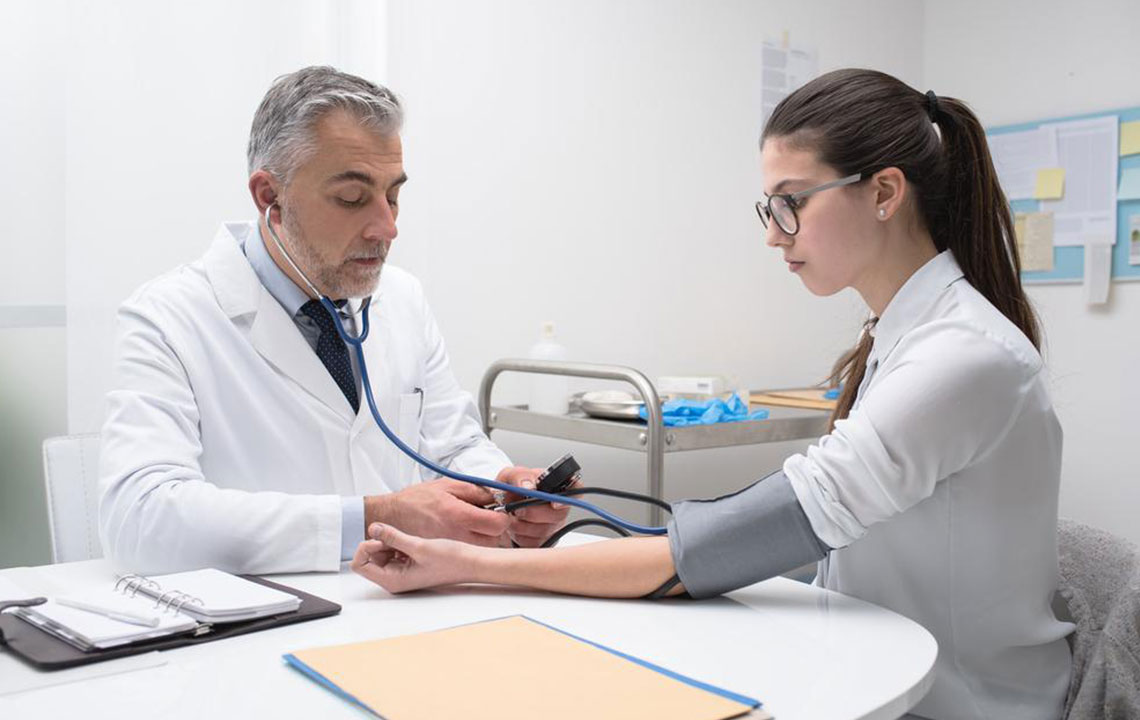Stroke Awareness and Prevention Tips
Learn essential tips to recognize and prevent strokes through lifestyle adjustments and early symptom awareness. The article covers risk factors, warning signs, and dietary changes to minimize stroke chances, emphasizing prompt medical attention and healthy habits. Stay informed to protect your brain health effectively.

Stroke Awareness and Prevention Tips
Our modern lifestyles can pose significant health risks, including stroke and heart failure. Recognizing the signs early and making lifestyle changes can greatly reduce the risk of stroke. In the U.S., nearly 800,000 individuals experience a stroke annually. A stroke occurs when blood flow to the brain is blocked by a clot or plaque buildup in the arteries.
Recognizing a stroke
Symptoms include sudden weakness or numbness in the face, arms, or legs—especially on one side—and difficulties speaking or understanding speech. Visual disturbances, dizziness, and trouble walking are also signs. Use the F.A.S.T method: Face drooping, Arm weakness, Speech difficulties, and Time to seek urgent medical help.
Proactive prevention
To reduce stroke risk, control blood pressure, maintain a healthy weight, and avoid smoking. Diet plays a crucial role—limit saturated fats found in full-fat dairy, processed meats, and tropical oils. Avoid trans fats present in fried foods, baked goods, and snacks. Managing stress, genetic factors, and age-related risks are also vital in prevention.
Disclaimer: Our articles provide guides for better health but should not replace professional medical advice. Always consult healthcare professionals for personalized health strategies.










